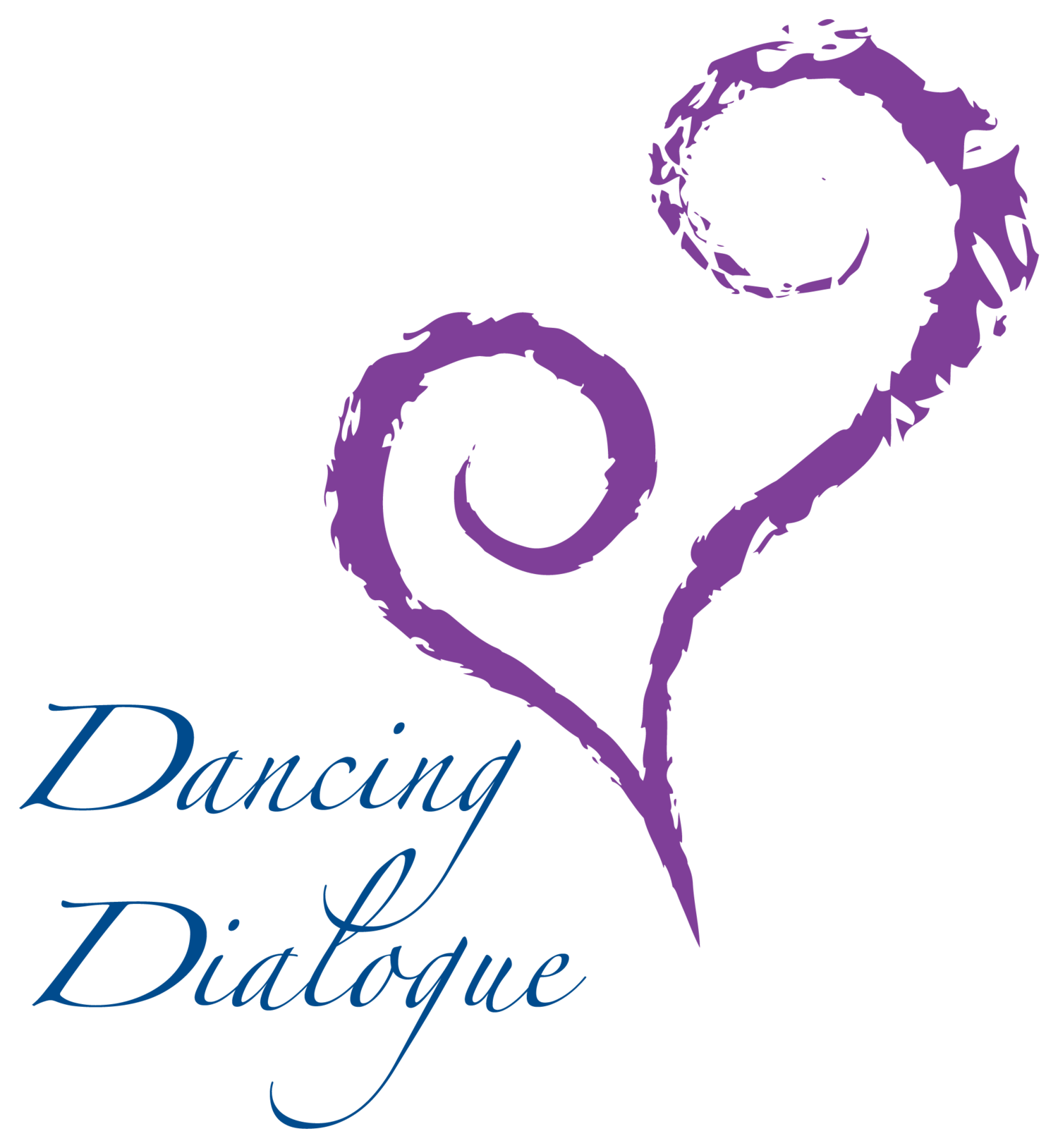Focusing on the Dance in Dance/Movement Psychotherapy: The Role of the Dancing Body in Embodied Healing
Date & Time:
Sunday, March 7, 2021
9- 10 AM
Location:
Virtual Lecture Available online through the ISMETA Engaging Embodiment Conference
Course Description
Dance/movement therapists and somatic movement educators work from the premise that our bodies are a map holding and expressing our experiences. From the beginning of life, our bodies speak to us and we speak to others through our actions. Through body sensations and actions, we learn about the world and connect to others. These experiences influence our nonverbal movement signatures. Specific events that especially impact our live become imbedding into our movement signatures as movement metaphors. Movement metaphors exist on an implicit level in our psyche, out of our conscious awareness, as nonverbal responses to these events. These nonverbal responses are associated with events that may be unresolved, creating traumatic triggers, or resolutions that have been created to soothe and organize ourselves. How we develop these movement patterns throughout our lives is a fascination that Dr. Tortora has studied throughout her over 35 years of clinical practice with people along the whole life span. She believes true healing occurs when one is fully embodied. Full embodiment occurs at the intersection of the body—mind—emotion connection. Dr. Tortora has specifically examined how and what differentiates movement and dance activities in the healing process. Through experiential learning participants will explore different methods of somatic inquiry, gaining insight into how multisensory imagery, sensing and dance each singularly contribute to the healing journey and self-discovery.
Learning Objectives
1.Understanding about how imagery, multisensory sensing and dancing are used in dance/movement psychotherapy practice to support healing
2.Add dancing activities to somatic practice
3.Understanding of the four essential needs we all have to support a secure sense of self and self in relationship to others, that goes beyond age, race, color and ethnicity.
About the Instructor
Suzi Tortora, EdD, BC-DMT, CMA, LCAT, LMHC his the founder and director of Dancing Dialogue, a creative arts psychotherapy practice in Cold Spring, NY and NYC, specializing in parent- infant/child and family therapy; trauma; medical illness; and adult chronic pain. She is the International Medical Creative Arts Spokesperson for the Andréa Rizzo Foundation, having created and continuing to be the senior dance/movement therapist for pediatric patients at Integrative Medicine Service, Memorial Sloan-Kettering Cancer Center, NYC, since 2003. She received the 2010 Marian Chace Distinguished Dance Therapist award from the ADTA. She teaches in Europe, South America, New Zealand, Israel and Asia; holds faculty positions in the USA, The Netherlands, Chech Republic, Argentina and China; offers the Ways of Seeing International Webinar Training Program for dance/movement therapists and allied professionals; has published numerous papers about her work; and her book, The Dancing Dialogue: Using the communicative power of movement with young children is used extensively in dance/movement therapy training programs internationally.
Registration
https://ismeta.org/engaging-embodiment-conference-2#1580762166283-f2f01349-07e2

